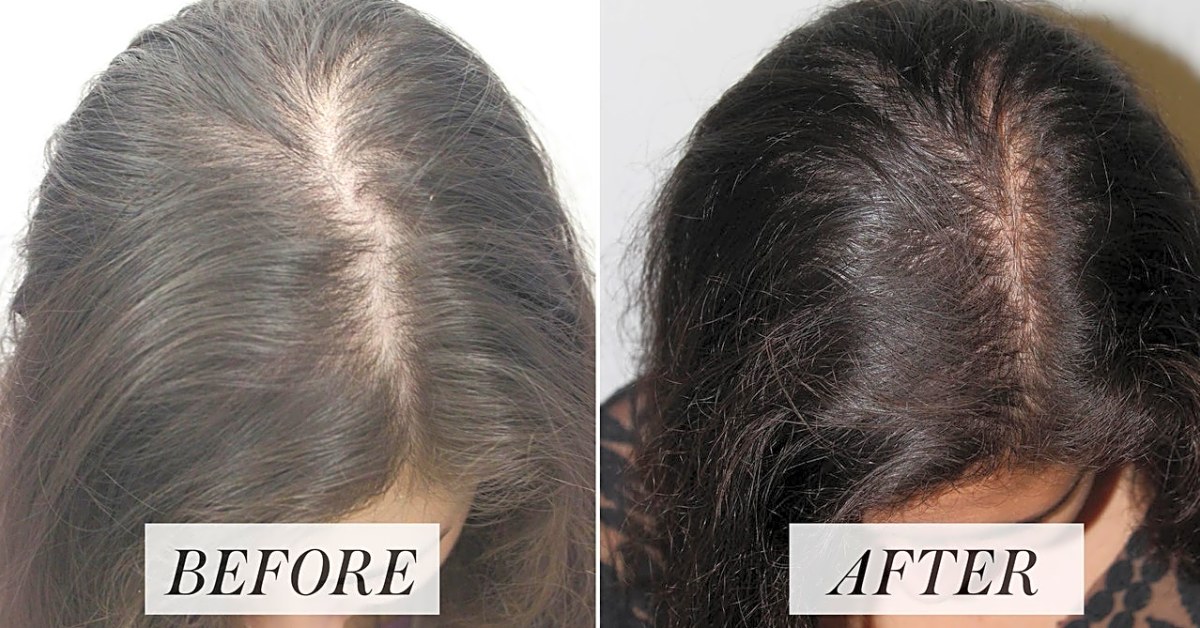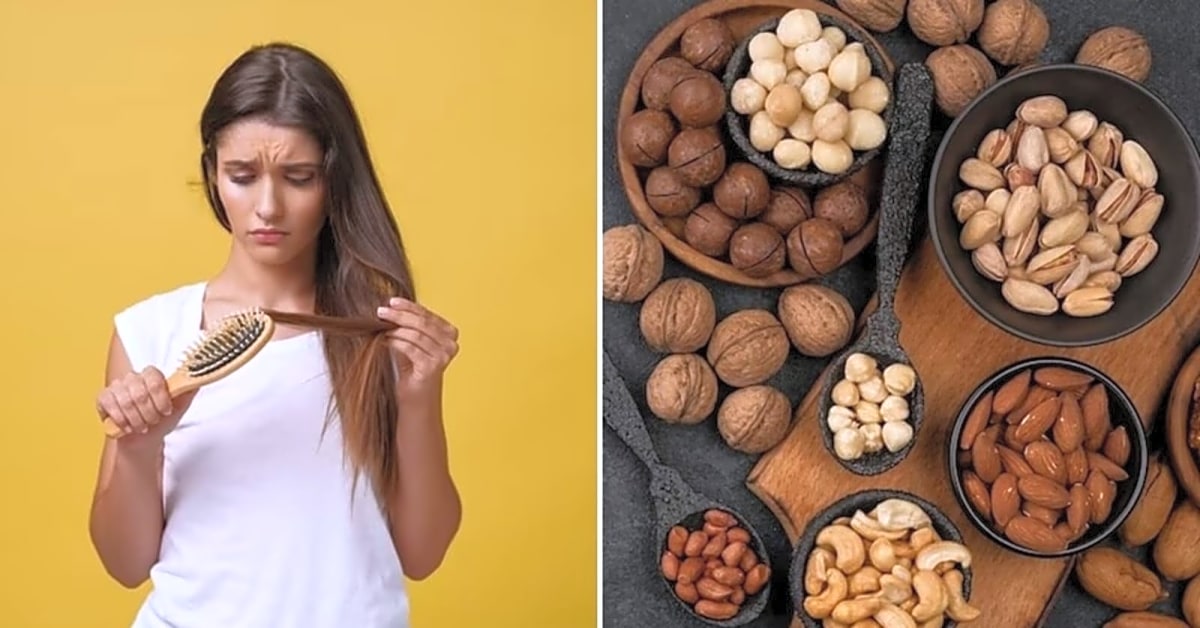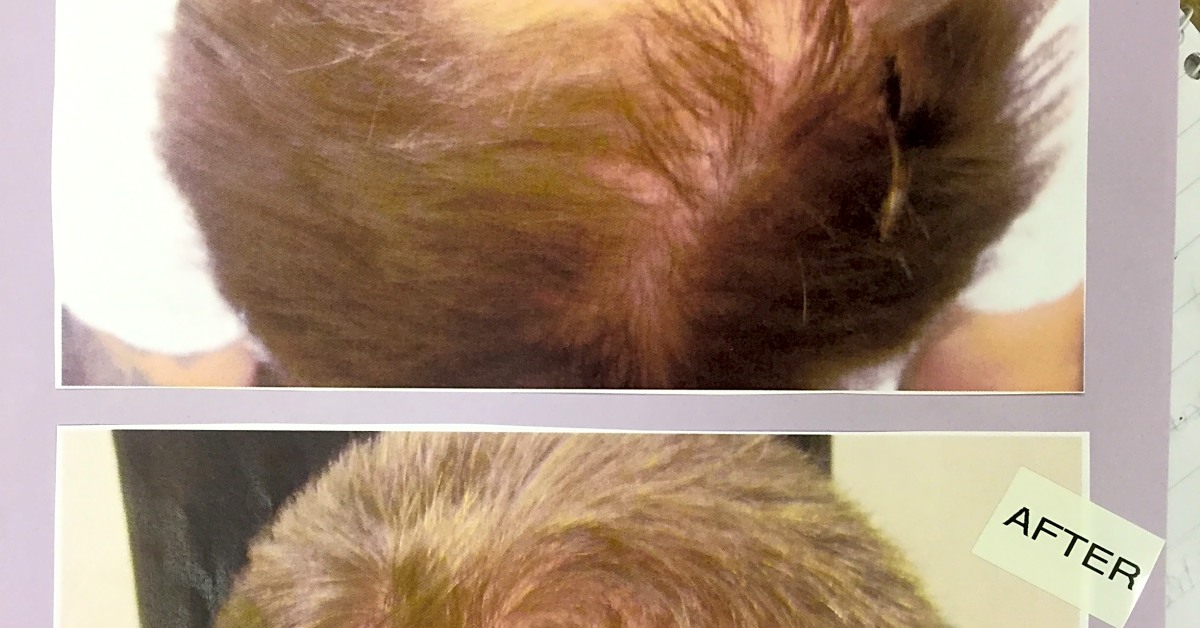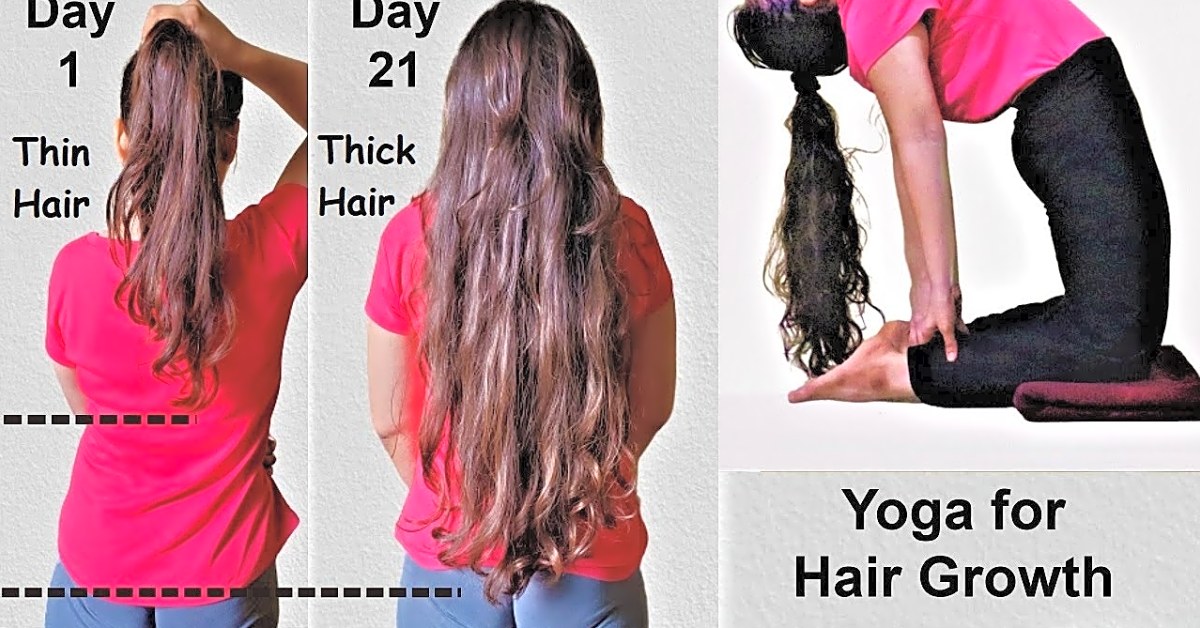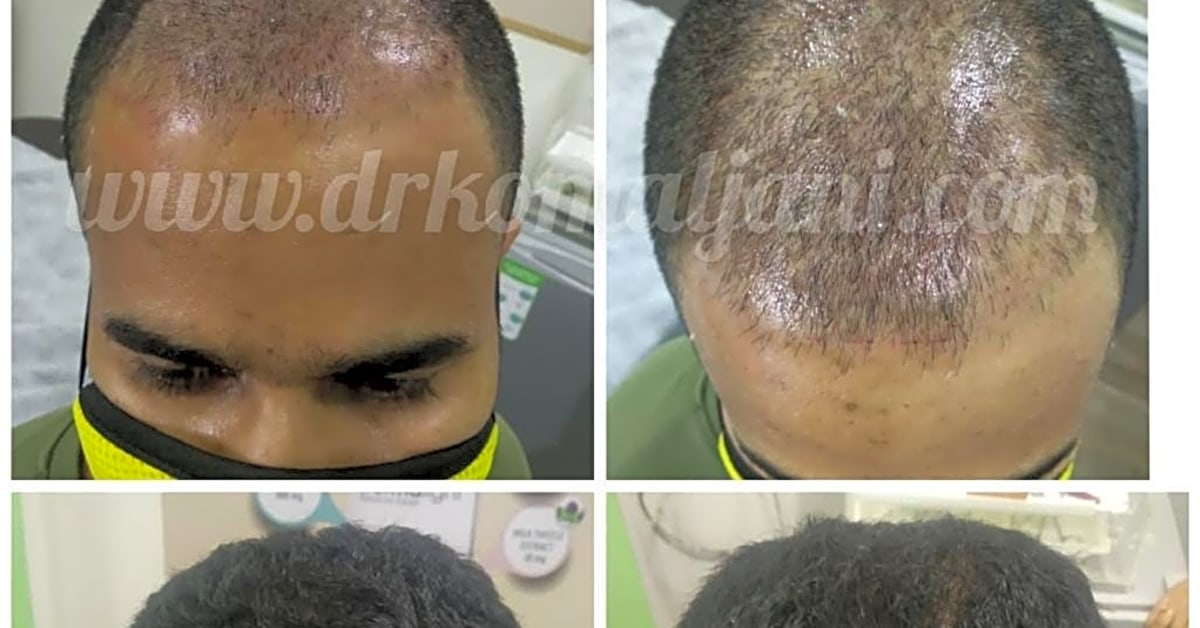Hair loss is a common condition that affects both men and women, but it can be particularly devastating for women. Female hair loss can have a significant impact on self-esteem, confidence, and overall quality of life. While there are many potential causes for hair loss in women, one of the most common is medical conditions.
In this article, we will take a deep dive into the world of medical treatments for female hair loss. We will explore different types of treatments, their effectiveness, and potential side effects. Whether you are experiencing hair loss or simply want to educate yourself on the subject, this article will provide you with valuable insights and information.
Our focus will be on the diagnosis and treatment of female hair loss, as part of the larger silo of female hair loss. We will cover various medical treatments that are available to address this condition, including their benefits and limitations.
So, if you are ready to understand more about medical treatments for female hair loss, keep reading. By the end of this article, you will have a better understanding of how to address this common and often emotionally distressing condition.
If you’re a woman experiencing hair loss, you may be wondering what could be causing it. There are various factors that can contribute to female hair loss, and it’s crucial to understand them in order to find the most effective treatment. In this article, we’ll discuss the main causes of female hair loss and the available medical treatments.
Hormonal changes are a common cause of hair loss in women. Pregnancy, menopause, and even starting or stopping birth control pills can lead to changes in hormone levels that can affect hair growth. Estrogen and progesterone are two hormones that help promote hair growth, so any imbalance in these hormones can result in hair thinning or shedding. Additionally, women with conditions such as polycystic ovary syndrome (PCOS) may experience hair loss due to hormonal imbalances.
Nutritional deficiencies can also play a role in female hair loss. Iron, vitamin D, and protein deficiencies are some of the most common nutritional causes of hair loss. Iron is essential for carrying oxygen to the cells, including hair follicles, while vitamin D plays a role in hair follicle cycling. Protein is a building block for hair, so not getting enough can lead to weakened and thinning hair.
Stress is another factor that can contribute to hair loss in women. Chronic stress can disrupt the normal growth cycle of hair follicles, leading to increased shedding. Additionally, stress can also cause hormonal imbalances that can affect hair growth.
Certain medical conditions can also cause female hair loss. Autoimmune disorders such as alopecia areata and lupus can lead to patchy or widespread hair loss. Thyroid disorders, particularly hypothyroidism, can also result in hair thinning or shedding. It’s essential to consult with a doctor if you suspect a medical condition may be causing your hair loss.
Once you’ve determined the underlying cause of your hair loss, you can then explore the available medical treatments. Depending on the cause, your doctor may recommend hormone therapy, supplements to address nutritional deficiencies, stress management techniques, or medication for any underlying medical conditions.
In conclusion, female hair loss is a common issue that can have a significant impact on self-esteem and confidence. Understanding the main causes and seeking appropriate medical treatment can help address this issue and promote hair growth. Remember to consult with a doctor before starting any treatment, as they can help determine the best course of action for your specific situation.
Understanding Female Pattern Baldness
This is the most common type of hair loss in women, affecting up to 40% of women by age 50. It is caused by a combination of genetics and hormonal changes.
Topical Solutions
One popular topical solution is minoxidil, which is available over-the-counter and can help promote hair regrowth by increasing blood flow to the scalp.
Low-Level Laser Therapy
Low-level laser therapy (LLLT) is a popular medical treatment for female hair loss. It involves using a specialized laser device to stimulate hair follicles and promote hair growth.
This treatment is non-invasive and painless, making it a preferred option for many women. The laser emits low levels of light that are absorbed by the hair follicles, stimulating them to produce thicker, healthier hair. It also increases blood flow to the scalp, delivering essential nutrients and oxygen for optimal hair growth.
LLLT can be used as a standalone treatment or in combination with other therapies, such as topical treatments or supplements. It is typically performed in a clinical setting, but there are also at-home devices available for convenience.
One of the major benefits of LLLT is that it has minimal side effects. Some patients may experience temporary mild scalp irritation or redness, but this usually subsides quickly.
Overall, low-level laser therapy is a safe and effective option for treating female hair loss. If you’re interested in this treatment, consult with a medical professional to determine if it’s the right choice for you.
Oral Medications
One of the most commonly prescribed oral medications for female hair loss is finasteride. This medication works by blocking the production of dihydrotestosterone (DHT), a hormone that is responsible for hair loss in female pattern baldness.
DHT is created when testosterone interacts with the enzyme 5-alpha reductase. In women with female pattern baldness, DHT binds to hair follicles and causes them to shrink, leading to thinner and shorter hair growth cycles.
By inhibiting the production of DHT, finasteride can help slow down or even reverse hair loss in women. It is usually taken in pill form, once a day, and may take several months to see results.
While finasteride has been shown to be effective in treating female hair loss, it is important to note that it is not approved by the FDA for this specific use. Therefore, it should only be used under the supervision of a doctor.
Exploring Treatment Options
Female pattern baldness is a common condition that affects many women worldwide. While it can be distressing and have a negative impact on self-esteem, there are several medical treatments available to help combat hair loss. These treatment options include topical solutions, oral medications, and low-level laser therapy.
Topical solutions, such as minoxidil, are applied directly to the scalp and work by stimulating hair growth. They can be effective in slowing down hair loss and promoting regrowth in some individuals. However, it may take several months of consistent use to see results.
Oral medications, such as finasteride, work by blocking the production of dihydrotestosterone (DHT), a hormone that contributes to hair loss. These medications are only available with a prescription and may have side effects, so it’s essential to consult with a doctor before starting treatment.
Low-level laser therapy is another option for treating female hair loss. This involves using a specialized laser device that emits red light onto the scalp, promoting blood flow and stimulating hair growth. It is a painless procedure and can be done at home or in a clinic setting.
When considering medical treatments for female hair loss, it’s essential to consult with a healthcare professional to determine the best option for you. They can evaluate your individual case and provide personalized recommendations for treatment. While there is no guaranteed cure for female pattern baldness, these medical treatments can help slow down hair loss and promote regrowth, ultimately boosting self-confidence and improving overall well-being.
In conclusion, if you’re experiencing hair loss as a female, it’s essential to consult with a doctor to determine the underlying cause. From there, you can explore the various medical treatments available to help prevent or slow down hair loss and promote regrowth. Remember, everyone’s body is different, so it may take some trial and error to find the right treatment for you. Don’t be discouraged, and keep in mind that early intervention is key in treating female hair loss.

